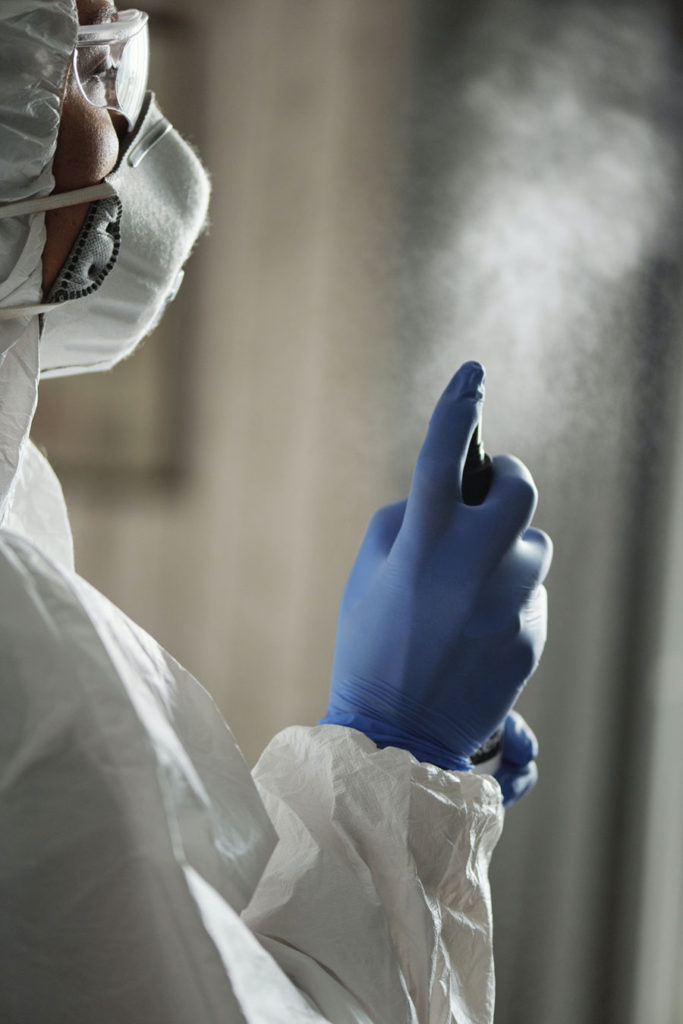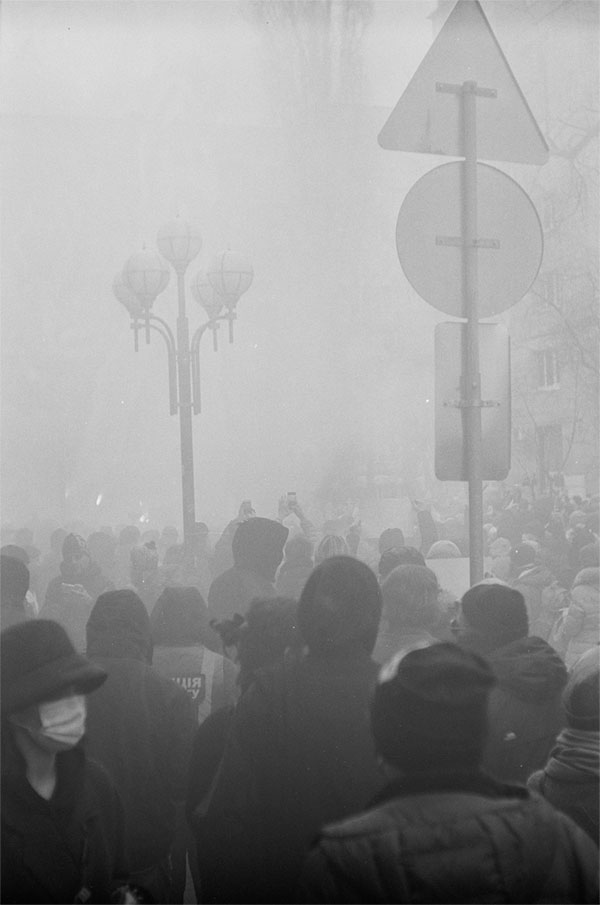Air Pollution and COVID-19
How One Affects the Other
Air Pollution and COVID-19
The State of Global Air 2020 report by the Health Effect Institute (HEI) said that the health effects of long-term exposure to air pollution has likely made some people more vulnerable to COVID-19. It stated among other things that:
- Long-term exposure to air pollution can cause many of the health conditions associated with increased vulnerability to COVID-19, such as diabetes, cardiovascular disease, and chronic obstructive lung disease, and that;
- Exposure to air pollution has been shown to affect the body’s immune defense, increasing susceptibility to respiratory and other infections.

Dirty air ends far more lives, and with far greater regularity, than the novel coronavirus
National Geographic Magazine (The Deadly Cost of Dirty Air article)
A separate report also came out from the Harvard T.H. Chan School of Public Health associating the link between long term exposure to PM2.5 air pollution and the risk of COVID-19 deaths in the US.
Data from 3,000 counties (98% of the population) in the study revealed that a small increase in long-term exposure to PM2.5 results to large increase in COVID-19 death rate. The study found that someone from a location with high level of exposure is 8% more likely to die from COVID-19 than someone from another county with 1 ug/m3 less of similar PM2 exposure.
This all meant that counties with higher pollution levels will have more hospitalizations, higher number of deaths, and therefore require more resources for support.
Fine particulate matter as virus carriers
Interestingly, the Inje University Ilsan-Paik Hospital in Goyang South Korea published in 2019 a report that analysed the relationship between fine dust concentration and incidences of respiratory tract infections. There were a number of viruses covered in this study from 2016 to 2017 that included the human coronavirus HCoV, and were compared with fine dust level at varying temperature, wind speed, and relative humidity conditions.
It was concluded that average concentration of fine dust increased, so did the increase the incidences of all the viruses in that study.

Indoor Air and COVID-19
An April 15th 2021 article by the English medical journal The Lancet published a paper written by six experts from the US, the UK, and Canada that SARS-CoV-2, the virus that causes COVID-19, is an airborne pathogen.
There are ten reasons or findings cited in the report why COVID-19 is transmitted primarily via the airborne route, three of which are the following:
- That the transmission of the pathogen is higher indoors compared to outdoors and that transmission is substantially reduced by indoor ventilation
- That the pathogen stayed infectious in the air for up to three hours as found thru laboratory experiments
- That the pathogen has been detected in air filters and buildings ducts in hospitals with COVID-19 patients in them, considering that such locations could be reached only by aerosols.
Virus droplets including SARS-VoV-2 (COVID-19), whether these are attached to fine particulate matters or not, are transmitted through the airborne route. It is important therefore to clear the air off of this pathogen. With its multiple processes of air filtration and sanitization, systems from Aerione could contribute substantially in removing any deadly viruses from the surrounding indoor environment.
REFERENCES
The Harvard T.H. Chan School of Public Health
National Geographic Magazine
Health Effects Institute (HEI)
Korean Journal of Family Practice
The Lancet report on Ten scientific reasons in support of airborne transmission of SARS-CoV-2
sales
- Wholesale Inquiries: sales@aerione.com
